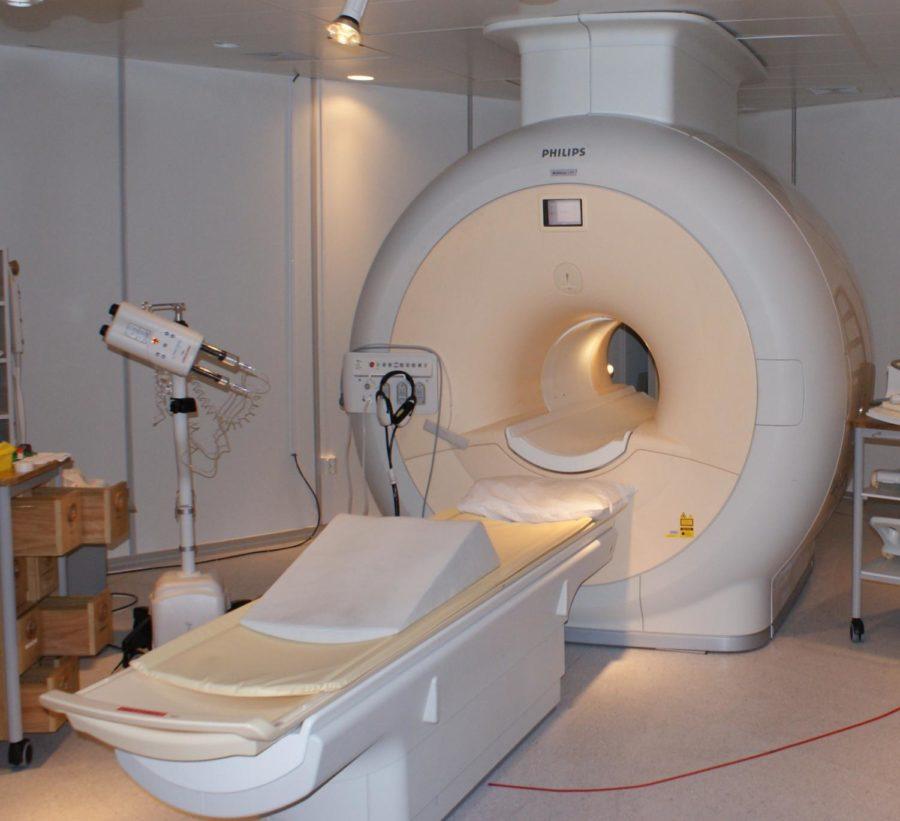Stanley: Neuroscience could provide breakthroughs in criminal justice
August 22, 2018
The arts of interrogation and lie detection are two of the pillars of the criminal justice system. Psychology experts and experienced investigators have spilled countless amounts of ink in attempts to discover a reliable and foolproof process.
The answer, however, may lie in neuroscience.
Research concerning the intersection of neuroscience and the law has been conducted as far back as 1959, with Edwin Conrad’s paper in the Journal of Criminal Law and Criminology titled “The Electroencephalograph as Evidence of Criminal Responsibility.”
Conrad addresses the question of the electroencephalograph and the M’Naghten rule — the commonly used benchmark for establishing an insanity defense. Essentially, the party claiming insanity must prove they were “laboring under such a defect of reason, from disease of the mind” to either not know what they were doing or that it was illegal.
However, the application of neuroscience to the law took a turn in a different direction. One case that is typical of how neuroscience was usually applied is the story of Terry Harrington.
Harrington, a young black man, was convicted of the murder of a white policeman in 1977. From the day of his arrest, however, he swore that he was at a concert when the murder was committed.
25 years later, experts conducted a test on Harrington’s brainwaves. They concluded that the information stored in Harrington’s brain corroborated his alibi. The Iowa Supreme Court ordered a retrial of his case, and prosecutors ultimately dropped all charges.
This implementation of neuroscience — extracting information to compare against an alibi — is the most elementary and obvious use of brainwave records. However, using Conrad’s original approach provides us with the opportunity to afford defendants a new source of exculpatory evidence.
Lawrence Wrightsman’s text “Psychology and the Legal System” details the case of a mother who was the primary suspect in the poisoning of her child. Because of her repeated protestations of innocence, investigators conducted an analysis of her brainwave activity.
They concluded that the mother genuinely believed she was helping her child, and was not consciously aware that she was administering poison. Instead of being thrown into a prison, she was given the medical care and supervision that she required.
A 2011 report from The Royal Society describes another case of an American man who acquired pedophilic behaviors in his late 40s. A neurological examination revealed a cancerous tumor that had displaced his right orbitofrontal cortex. A few days after the tumor was removed, the man returned to his normal behaviors.
The Harrington case and others like it describe how these new advances in forensic technology fit into our current adversarial, punitive system. However, these two newer cases outline an opportunity that lies before us — a chance to increase the rehabilitative focus of our process.
Sweden has been held up as the prime example of a system completely focused on rehabilitation. Many would balk at the prospect of implementing such a model in the United States, and rightly so. We’re not ready for such a drastic shift yet.
However, this is a step that we can and should take. Defendants who plead insanity are just as restricted in their movement as inmates in a prison, and are often placed under even more supervision.
By making a rudimentary brainwave analysis a necessary component of the criminal justice process, individuals processed through the system who need help can receive the assistance that they need. This will be a landmark step towards providing justice for all.







